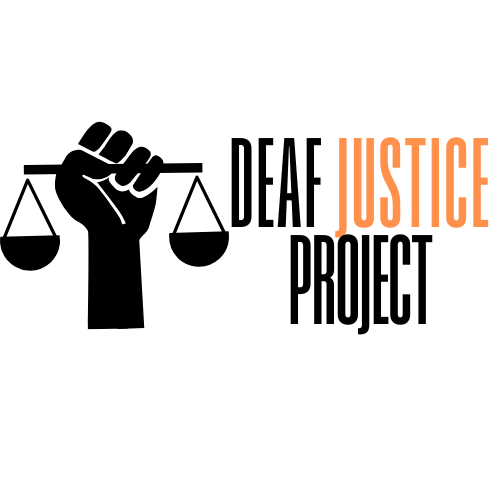Lisa Kuntz, Ed.D is one of two licenced clinical physcologists fluent in ASL in the state of Connecticut. Along with teaching she provides consultation and evaluations of d/Deaf individuals going through the criminal justice system. Here are some of the main issues she finds.
“First of all, lack of recognition that someone can’t hear. Because you see an awful lot of if I say it loudly enough or enunciated enough, this person will know I also see a lack of understanding that just because someone can follow the routine, you know, everybody gets up, I go with them. That doesn’t mean they heard your directions, and the lack of interpreters. So, you know, we have an obligation to make sure that we’re communicating clearly with someone from the police officer to the defense attorney to the prosecutor to the judges. And I find that oftentimes Deaf people are arrested and they have no idea what the charges against them are, and because someone stood in front of them and read them their Miranda rights, doesn’t mean they have any idea that they don’t have to answer questions or that they don’t have to say things that will incriminate them, even that they have the right to an attorney.”
Connecticut has a total of 94 courts (1 Supreme, 9 appellett, 13 judicial district courthouses, 17 geographical area courthouses, and 54 probate courts). This leaves many d/Deaf individuals waiting for an interpreter who might have to travel across the state. Oftentimes, d/Deaf individuals’ rights to a fair trial are violated in order to save time and money. Judges and lawyers choose to forgo waiting for a proper interpreter and try to use written communication and or lip reading, both of which don’t work for all d/Deaf individuals.
Registered Court Interpreters: 2
Estimated d/Deaf Population: 106,000
Number of d/Deaf Individuals per licensed court interpreter: 1:53,000
State Licence required to Court Interpret: No
RID Licence Required: Yes
